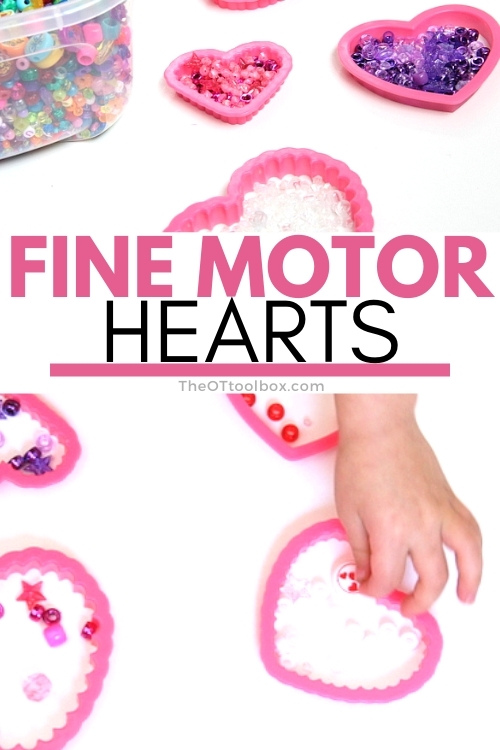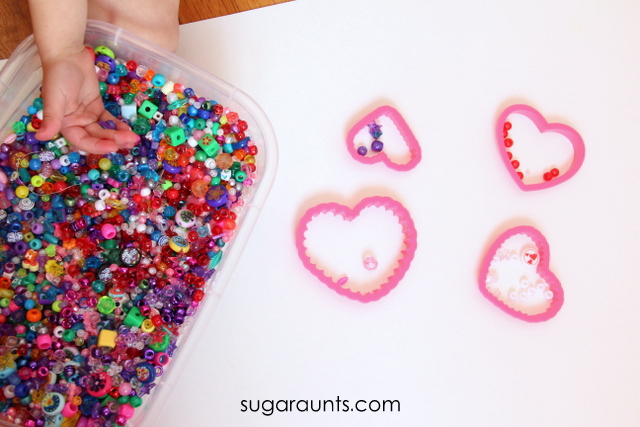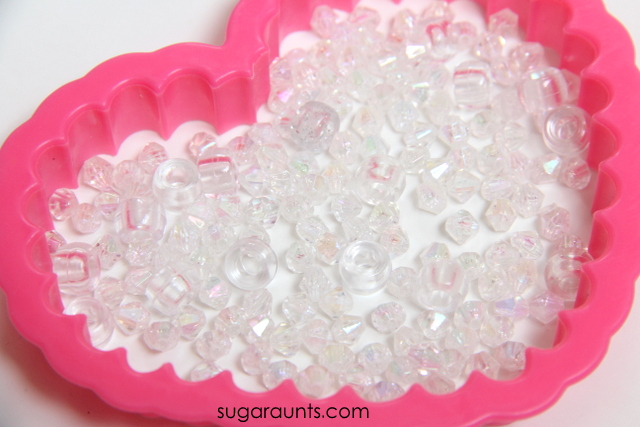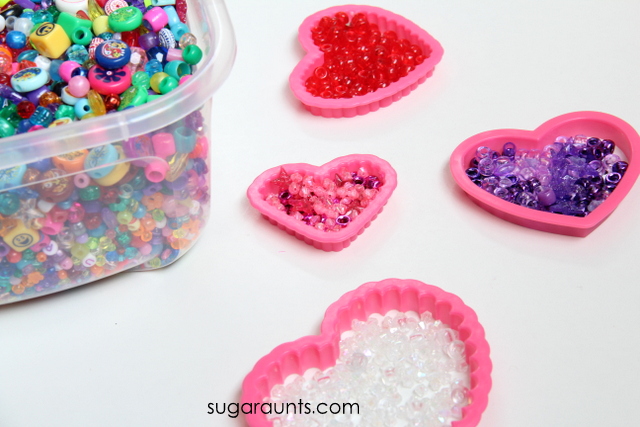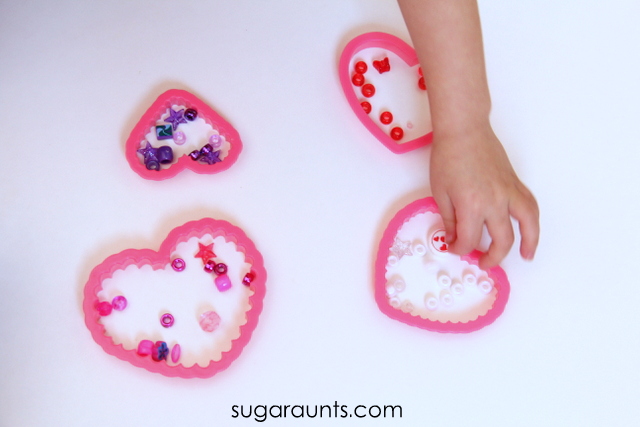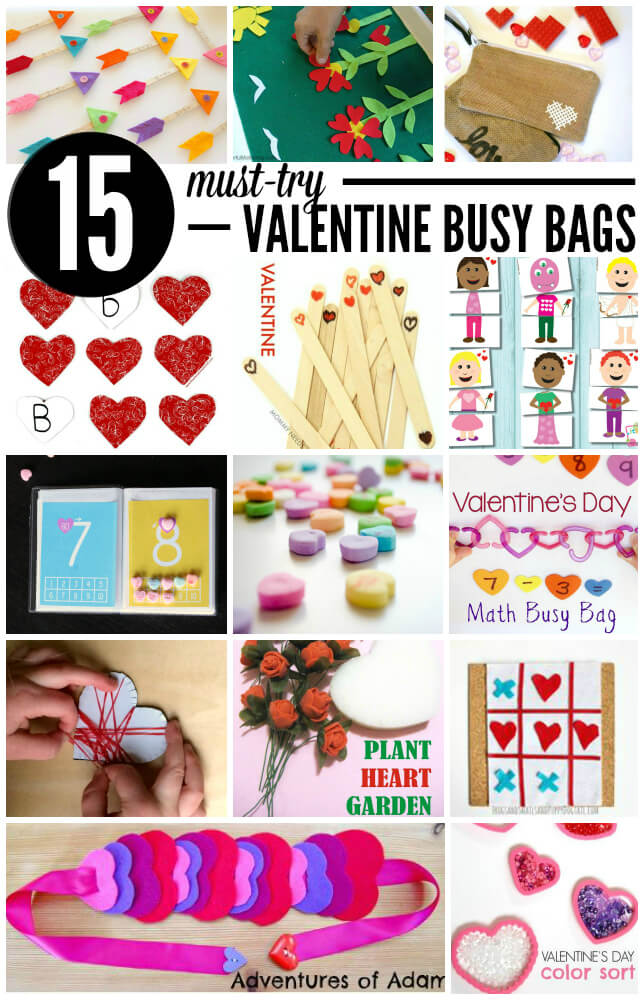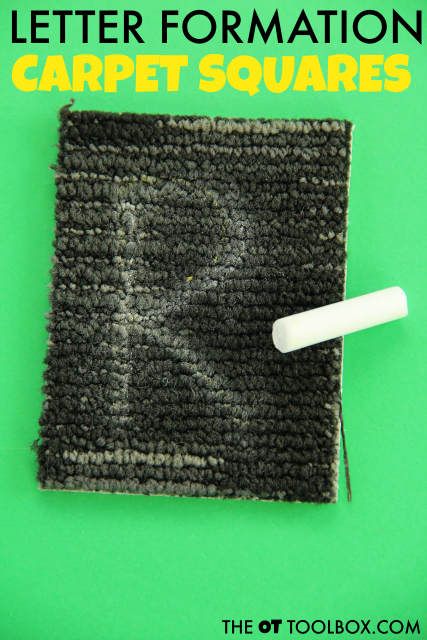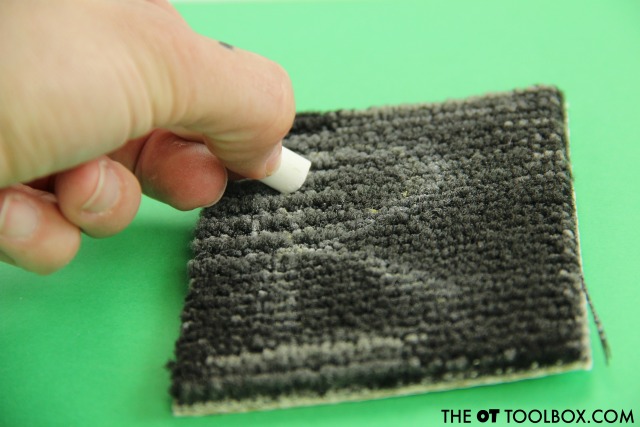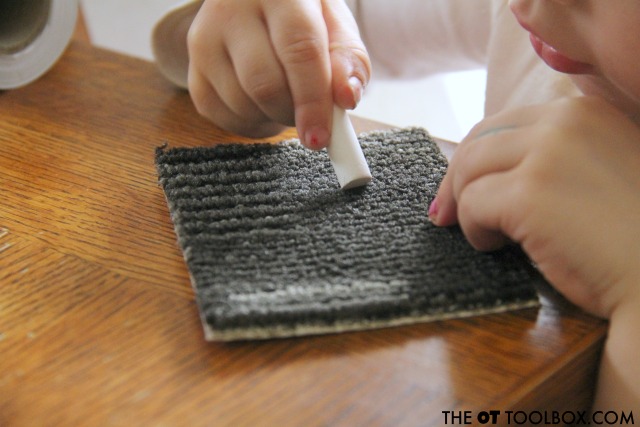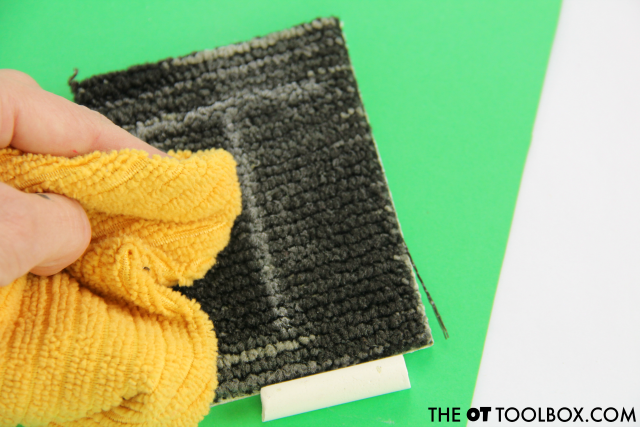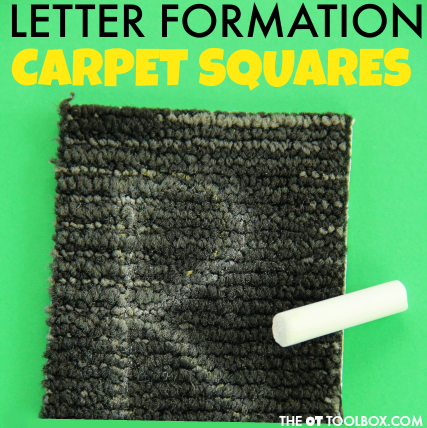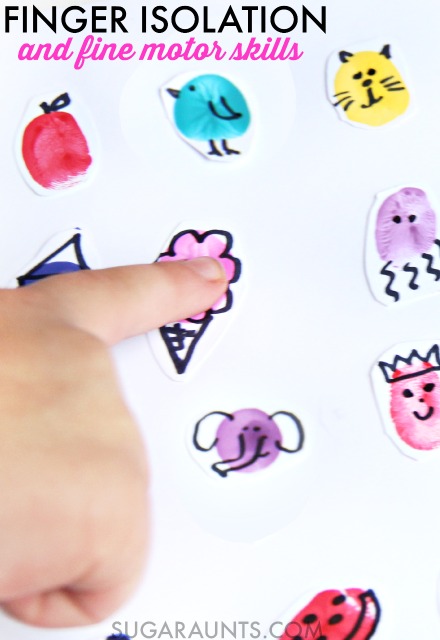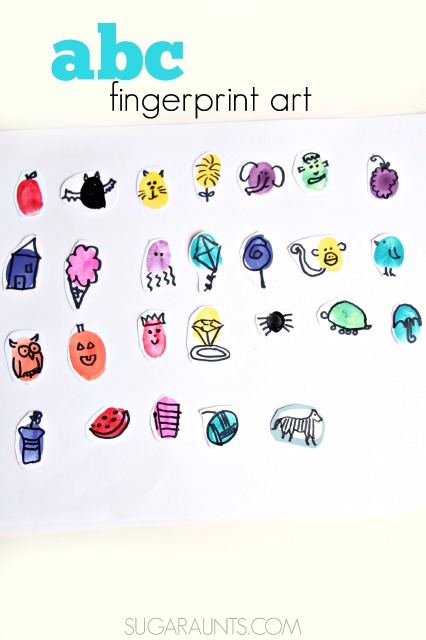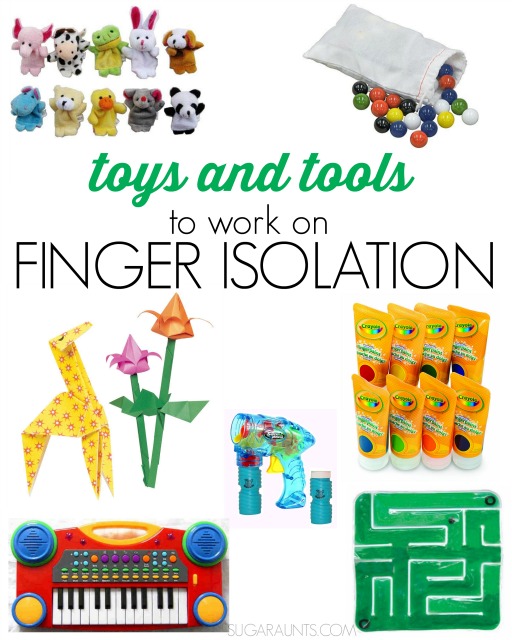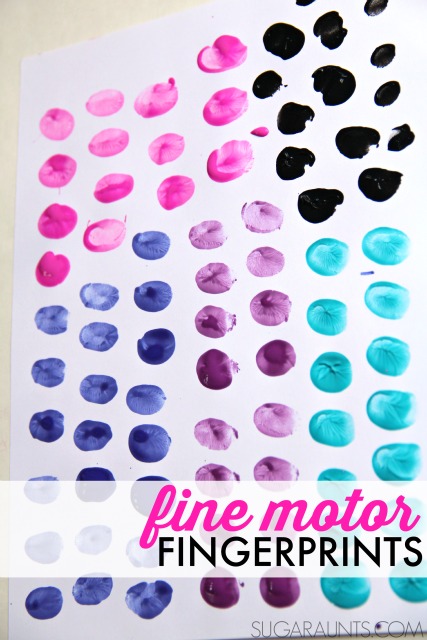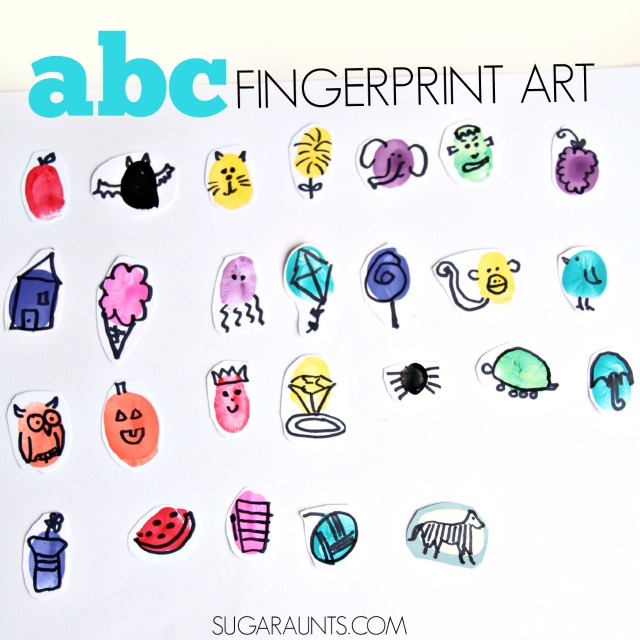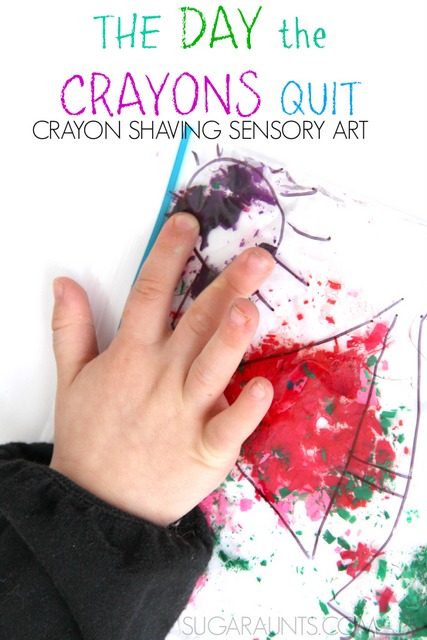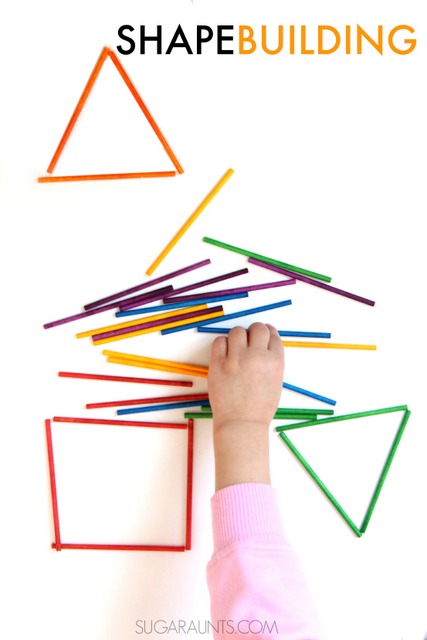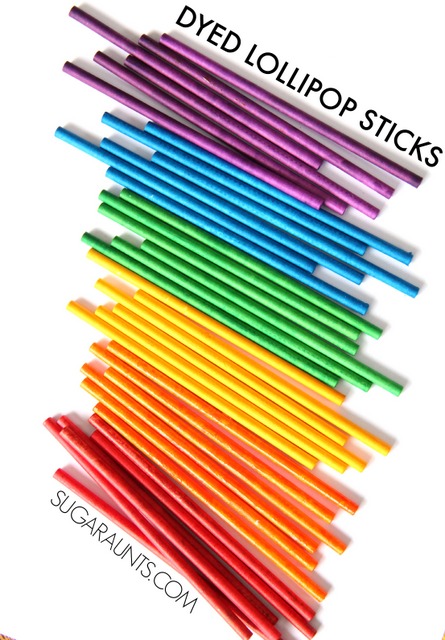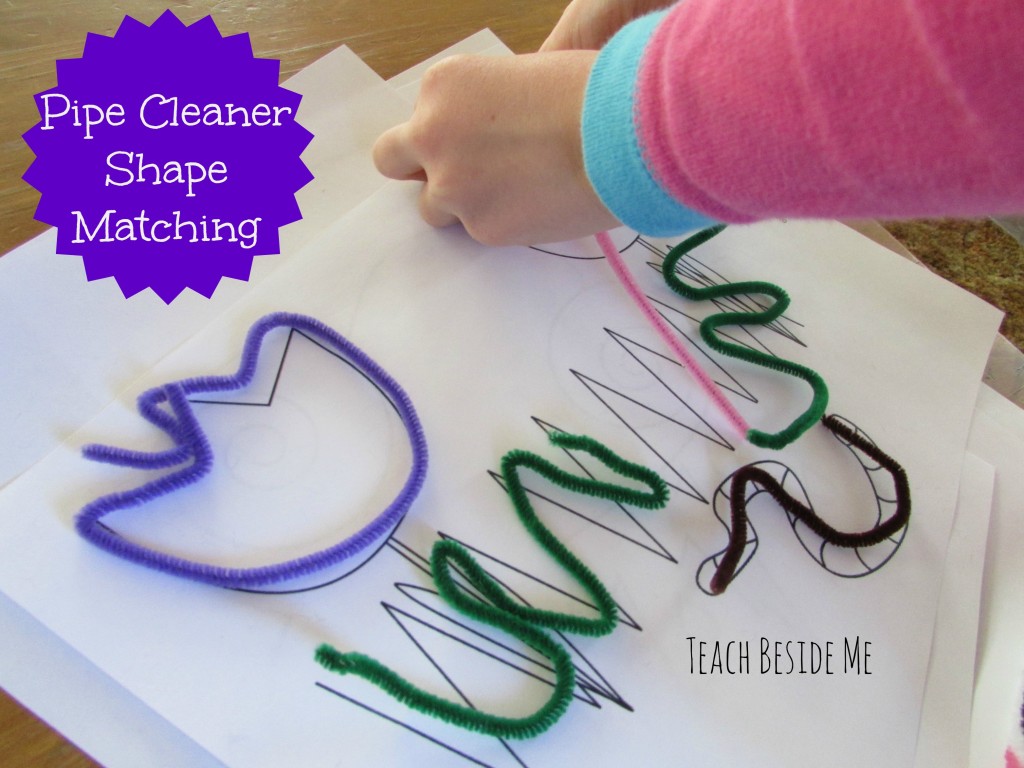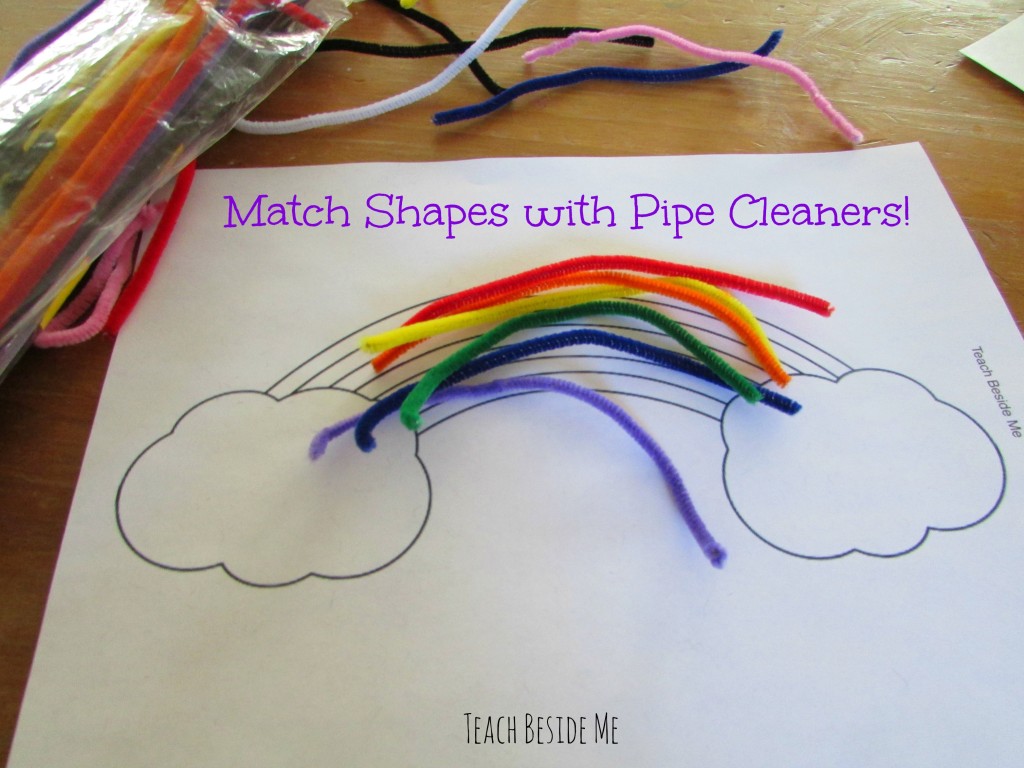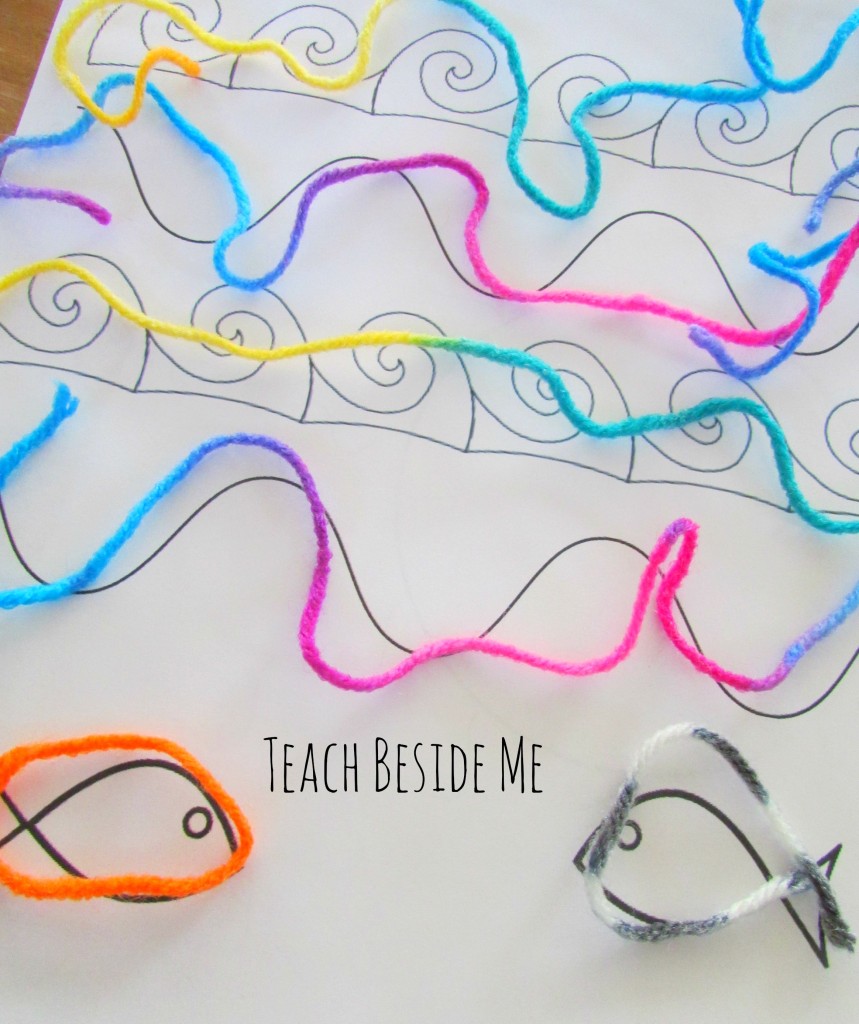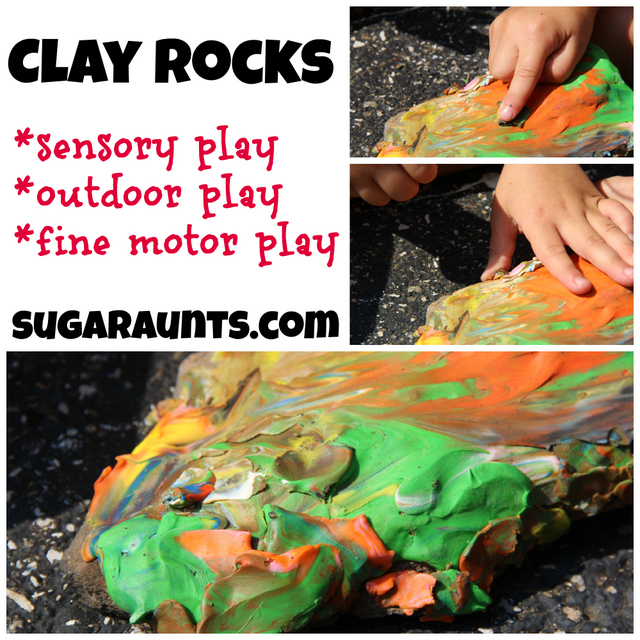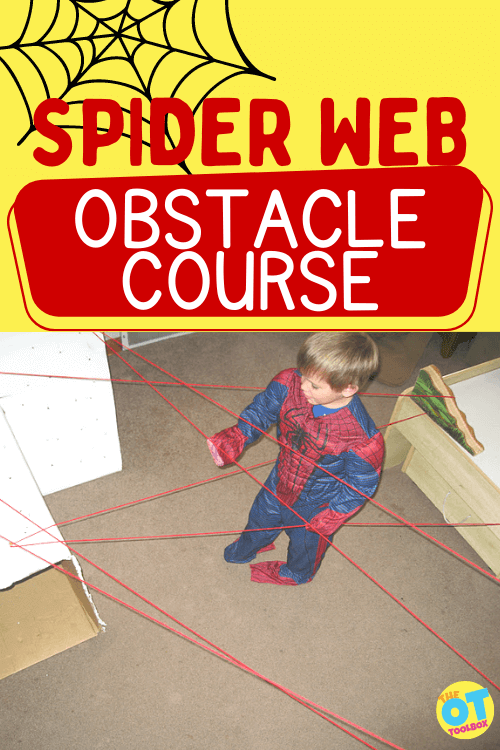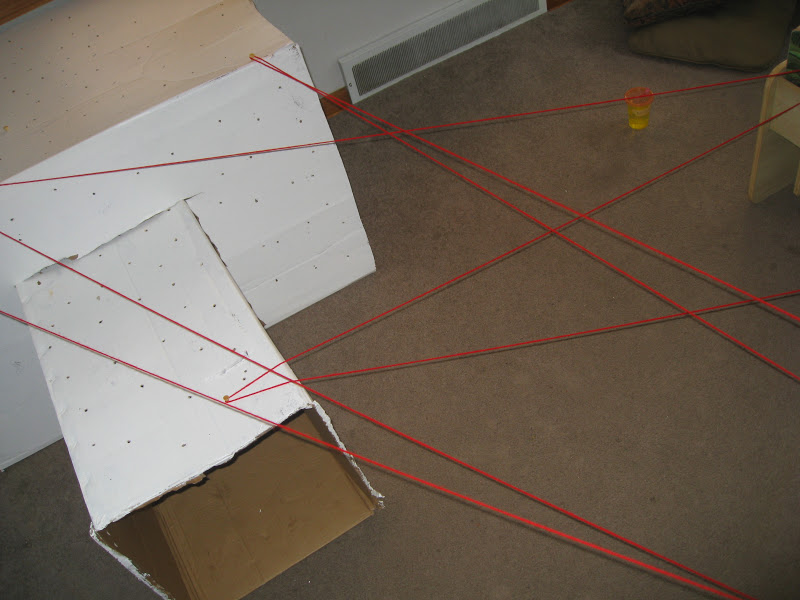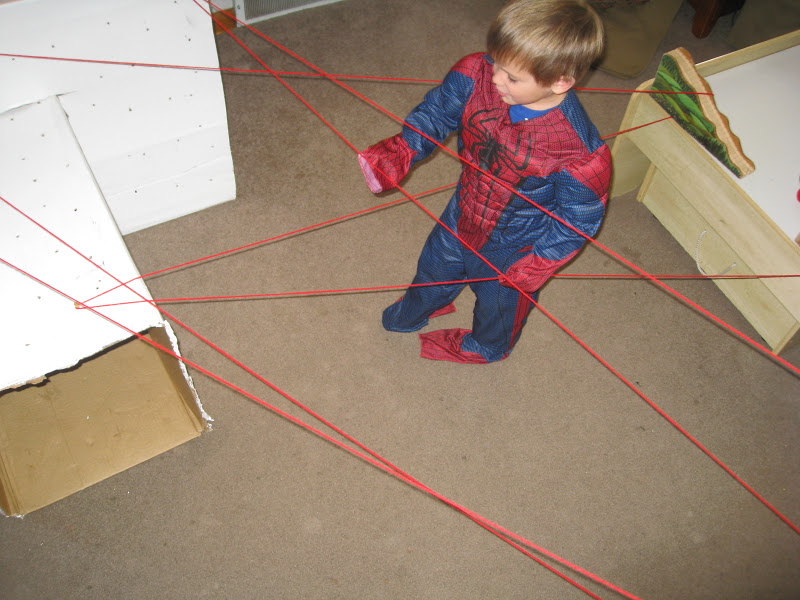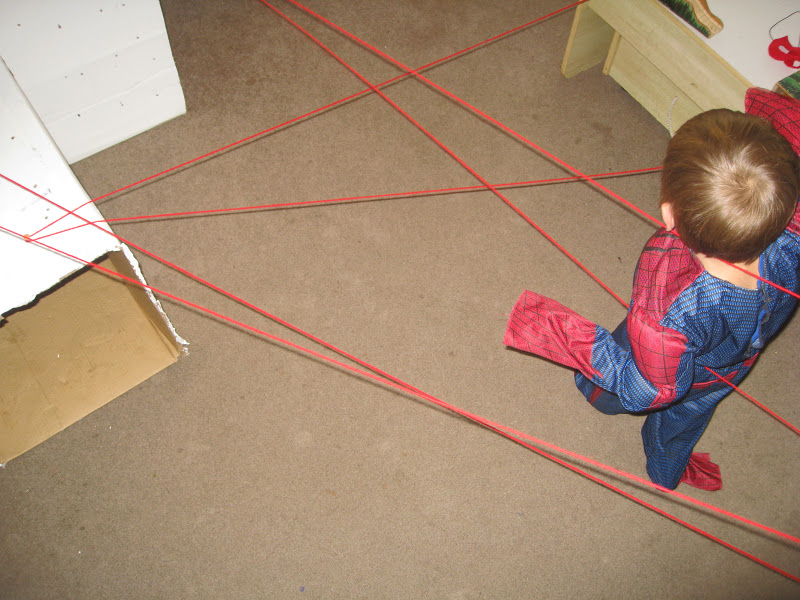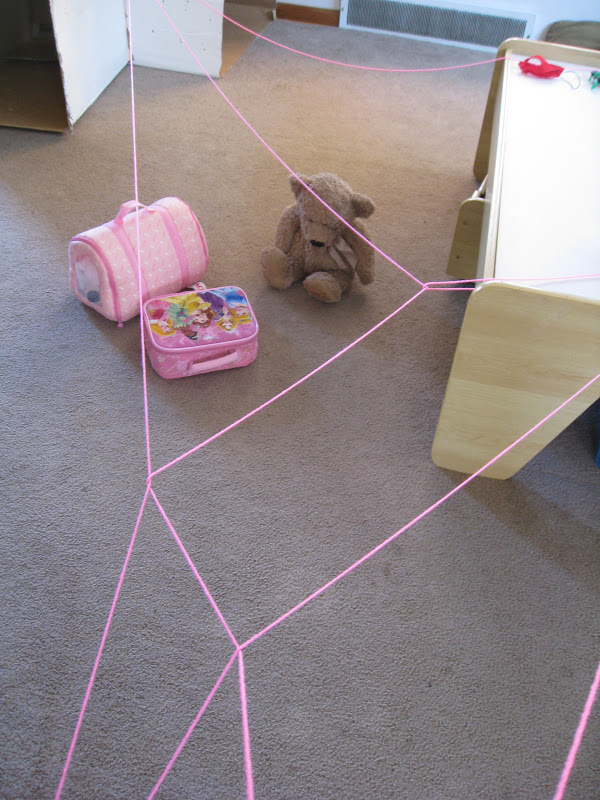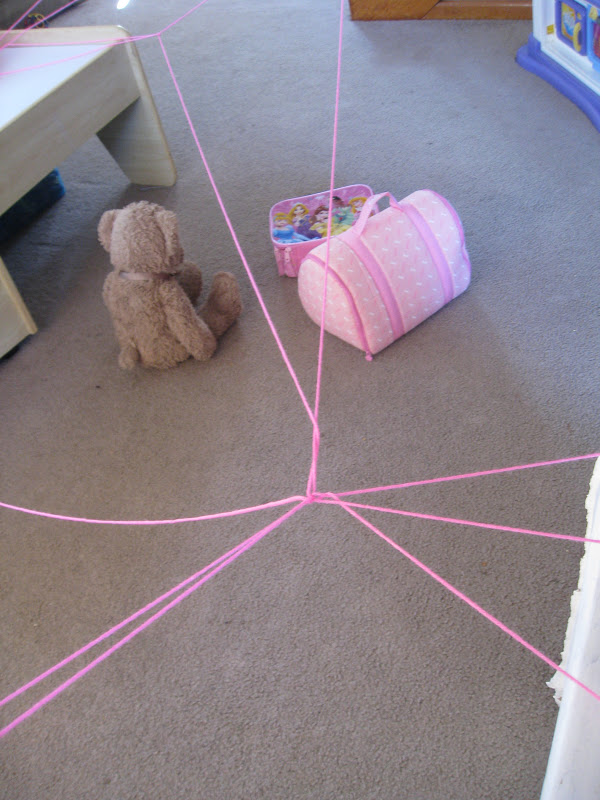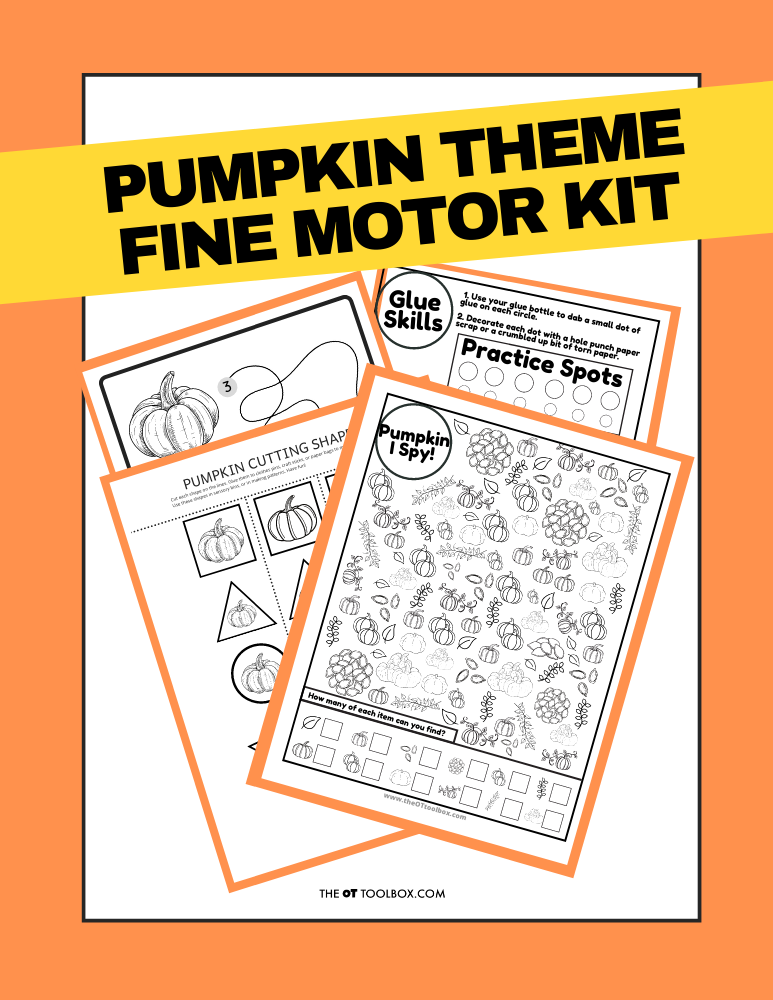This free teletherapy slide deck is a fun one; It’s a visual guide of four leaf clover activities for kids to work on balance and strength. The balance exercises are set up so kids can balance with a bean bag to work on core strength, coordination, stability, and motor planning skills. These balance exercises will get kids moving with St. Patrick’s Day therapy ideas!
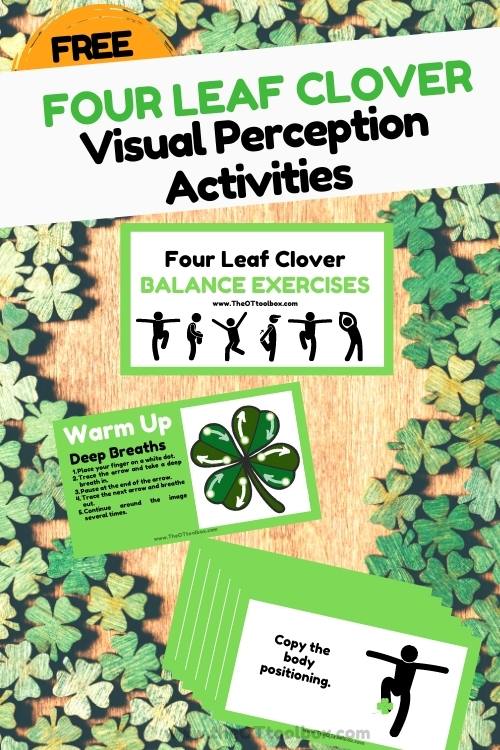
Four Leaf Clover Activities
If you need some activities to incorporated into virtual therapy sessions, or a fun brain break in time for St. Patrick’s Day, this four leaf clover activity is it.
Like all of our free virtual therapy slide decks, this gross motor workout encourages kids to move and develop skills, with a fun theme.
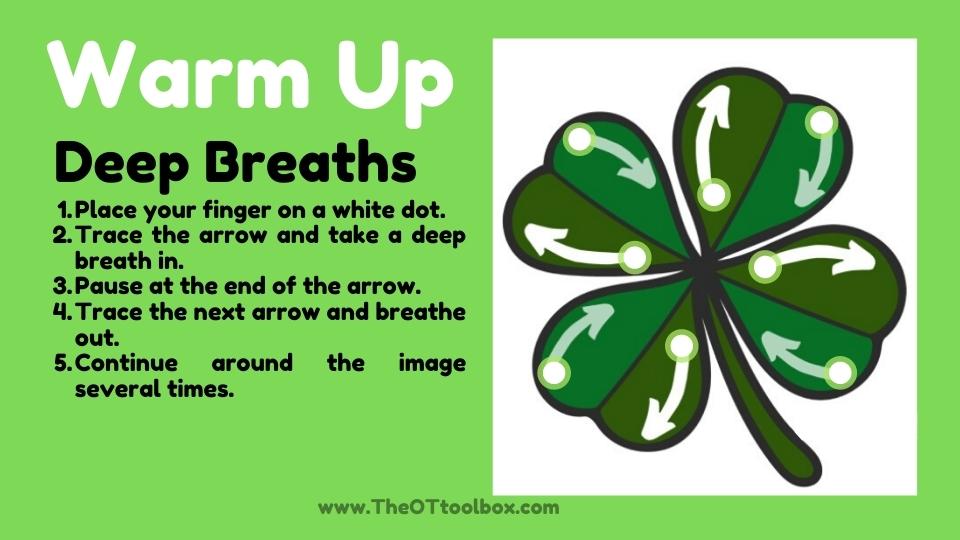
Kids can start with the deep breathing warm up activity, using the clover image. Kids can start by taking deep breaths in and out and following the directions on the 4 leaf clover image.
Deep breathing exercises are a powerful way to achieve a calm-alert state, so that children are ready to learn and participate in therapy. This self-regulation benefit, along with the mindfulness and relaxation benefits makes this four leaf clover breathing exercise a great way to start any therapy session.
You can get a printable version of this four leaf clover deep breathing exercise here on our site. It includes a coloring page, too, so if that would add to your therapy session, be sure to print that off as well.

Next, kids can move onto the balance exercises. Kids can use a bean bag or a pillow with each exercise to really challenge balance and coordination.
For kids in virtual therapy, a bean bag may not be available. In that case, kids can balance with a pillow in the place of the clover images. Other ideas include using rolled up socks or a stuffed animal.
Each slide deck moves kids through a set of exercises to incorporate core strength and stability, movement changes, inverted positioning, and motor planning challenges. By completing the 4 leaf clover exercises, kids are also gaining vestibular, and proprioceptive sensory input.
Free 4 Leaf Clover Slide Deck
Want a copy of this free therapy slide deck?
Enter your email address into the form below and this slide deck will be sent to your email. You can make a copy onto your Google drive and then use it in teletherapy sessions, in home programming, or as a classroom brain break activity.
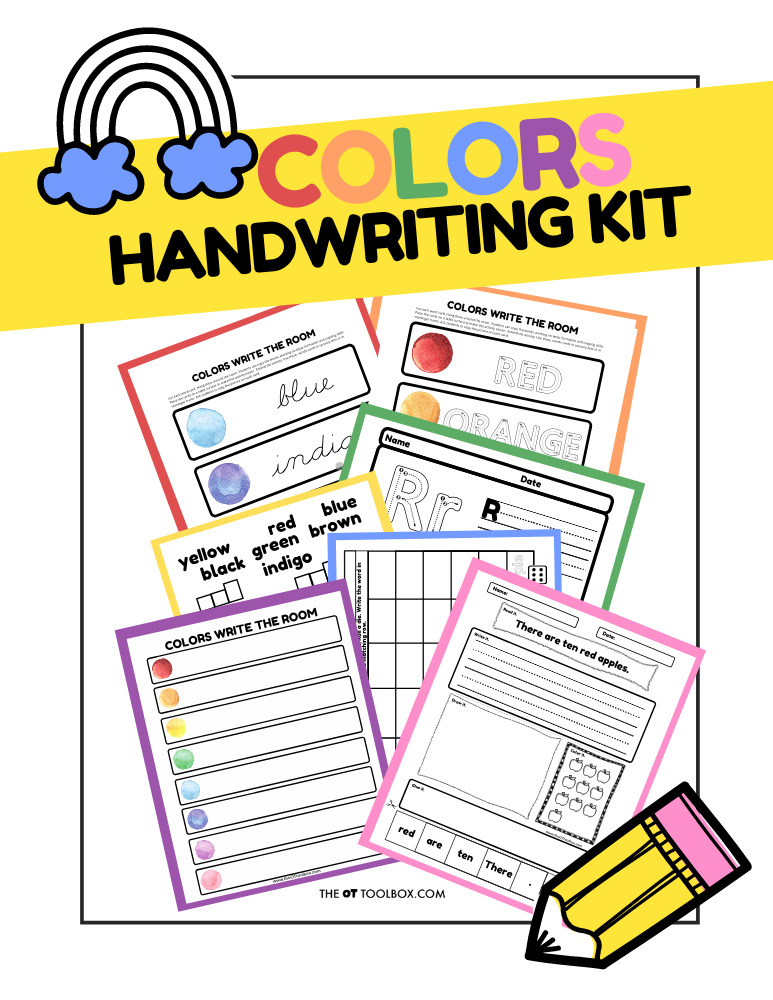
Rainbow Handwriting Kit– This resource pack includes handwriting sheets, write the room cards, color worksheets, visual motor activities, and so much more. The handwriting kit includes:
- Write the Room, Color Names: Lowercase Letters
- Write the Room, Color Names: Uppercase Letters
- Write the Room, Color Names: Cursive Writing
- Copy/Draw/Color/Cut Color Worksheets
- Colors Roll & Write Page
- Color Names Letter Size Puzzle Pages
- Flip and Fill A-Z Letter Pages
- Colors Pre-Writing Lines Pencil Control Mazes
- This handwriting kit now includes a bonus pack of pencil control worksheets, 1-10 fine motor clip cards, visual discrimination maze for directionality, handwriting sheets, and working memory/direction following sheet! Valued at $5, this bonus kit triples the goal areas you can work on in each therapy session or home program.

Colleen Beck, OTR/L has been an occupational therapist since 2000, working in school-based, hand therapy, outpatient peds, EI, and SNF. Colleen created The OT Toolbox to inspire therapists, teachers, and parents with easy and fun tools to help children thrive. Read her story about going from an OT making $3/hour (after paying for kids’ childcare) to a full-time OT resource creator for millions of readers. Want to collaborate? Send an email to contact@theottoolbox.com.


